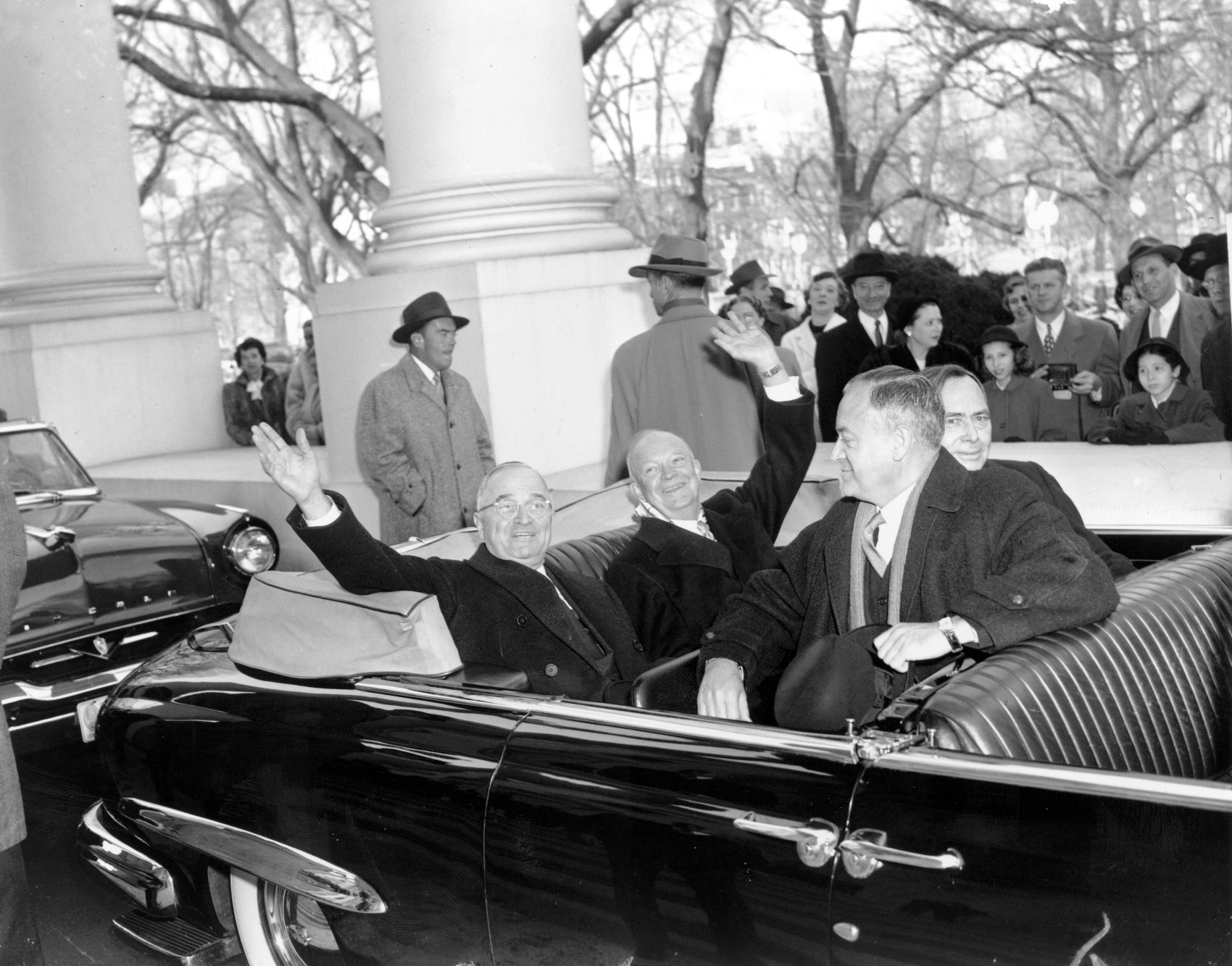Advertisement
When One Party Controls The Federal Government

House Republican leaders are working with the White House on new legislation to repeal the Affordable Care Act after their original replacement plan died. With one party in control of Congress and in the White House, the failure came as a surprise to some.
But historians Brian Balogh (@historyfellow) and Nathan Connolly (@ndbconnolly) say Presidents Franklin Delano Roosevelt, Dwight D. Eisenhower and Bill Clinton all experienced the same problems when their party was in control.
Here & Now's Jeremy Hobson speaks with Balogh and Connolly, co-hosts of the podcast BackStory, which is produced at the Virginia Foundation for the Humanities.
This article was originally published on March 30, 2017.
This segment aired on March 30, 2017.